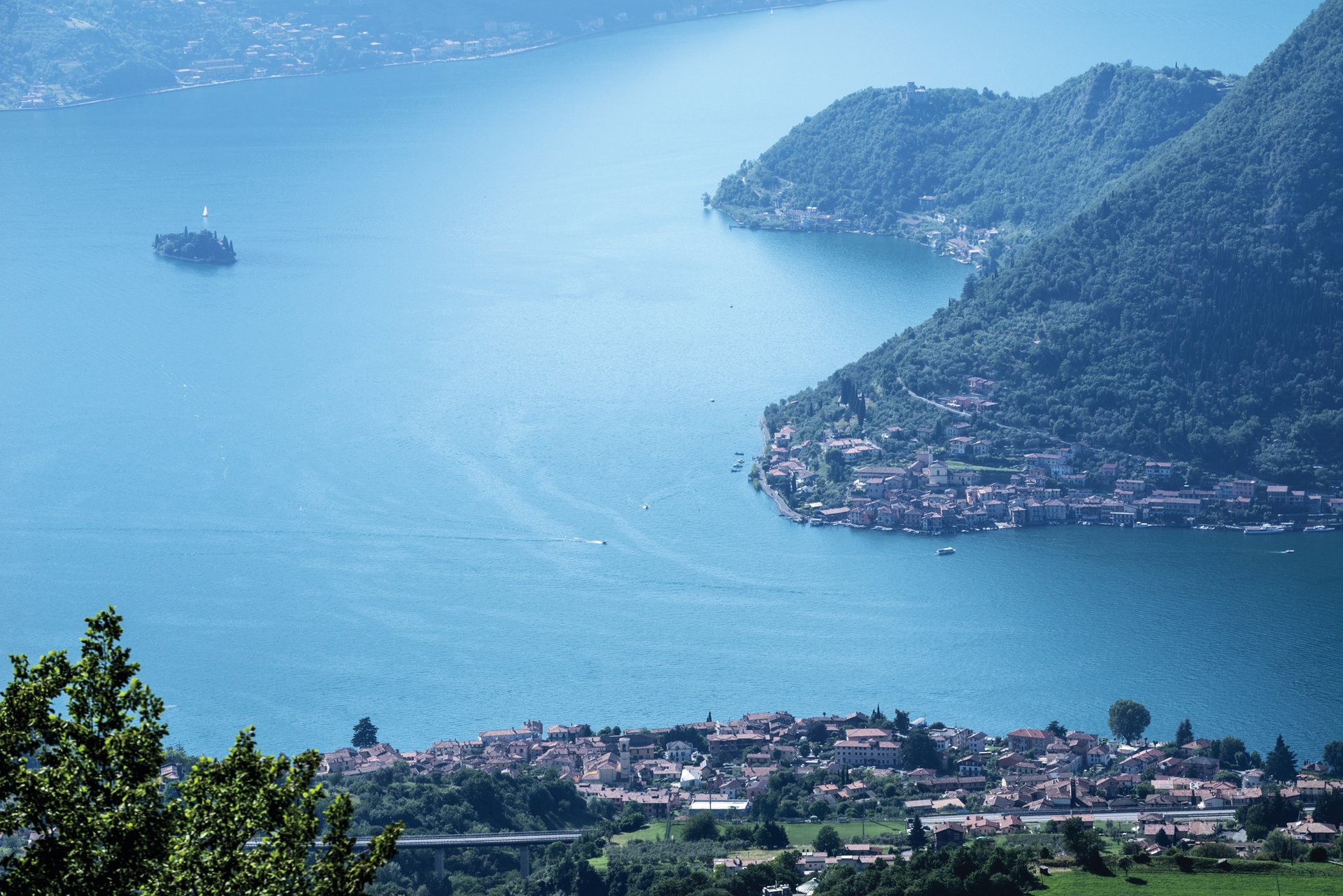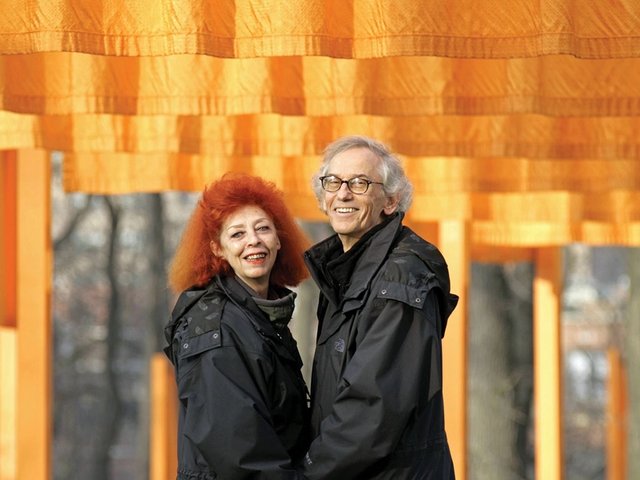In 1970, the year that Christo and Jeanne-Claude first conceived of the Floating Piers, the phenomenally popular installation that closed this weekend on Italy’s Lake Iseo, the artists’ wrapped monuments were greeted with hostility in nearby Milan. The Wrapped Monument to Vittorio Emanuele II was undone by the city authorities after two days of protests by ex-servicemen and monarchists, while the Wrapped Monument to Leonardo da Vinci lasted a week before a group of neo-fascists set it on fire.
Forty-six years on, all seems to have been forgiven and forgotten. Christo, a keynote speaker at the International Council of Museums conference in Milan yesterday (4 July), described Lake Iseo as “the most spectacular set I’ve worked in”. In collaboration with the Italian curator Germano Celant and the engineering firm Arup, the Bulgarian-born artist spent two years planning the Floating Piers, his first major project since the death of Jeanne-Claude in 2009. The free installation, which connected the islands in the middle of the lake to the mainland for the first time, drew more than 1.2 million people during its 16-day run.
The figures involved in its creation are no less mind-boggling. The 3km structure of 220,000 interlocking polyethylene cubes was held in place by 37,000m of rope and 200 concrete anchors. Approximately 80,000 sq. m of felt and 100,000 sq. m of shimmering yellow nylon covered the piers and the streets of the tiny lakeside towns in between. These materials are now due to be recycled (though a number of square fabric swatches distributed by stewards as souvenirs are already up for sale on eBay). Christo has funded the €18m project through the sale of his preparatory drawings and other works of art.

For the artist, however, “the work of art isn’t the Floating Piers…but the journey: those who went will carry them in their minds for the rest of their lives”. Maybe it was apt that the journey to a work deemed impossible for almost half a century was at times fraught for visitors too. As long queues—far exceeding expectations—formed at the entrance, train operators suspended regional services to the lake to prevent overcrowding. Christo intended the work to be open around the clock, but bad weather caused partial closures, while overnight access was blocked after six days to ease the strain on the fabric and the local area.
In spite of the crush, the atmosphere on the closing weekend was good-natured, reminiscent of a festival or a day at the seaside. Visitors waited patiently for hours to board trains at Brescia station and then finally set foot on the piers. Dog-walkers, wheelchair users and young families joined the promenade, undeterred by the sweltering heat or lack of barriers. Christo himself rode by, waving to fans from the makeshift barge that dropped the anchors beneath the piers. Some cheered, while others failed to recognise the slight white-haired figure who made it temporarily possible to walk on water.
As the local officials who approved the project pay tribute to the boost to international tourism in the region, it seems that Italy has learned to embrace Christo’s monumental, ephemeral brand of sculpture. But against the instincts of an artist who claims not to understand computers, the Floating Piers will have a digital afterlife. The selfie-friendly installation has generated 130,000 hashtags on social media, while Google is due to put 360-degree images of the work online through its Street View function.



